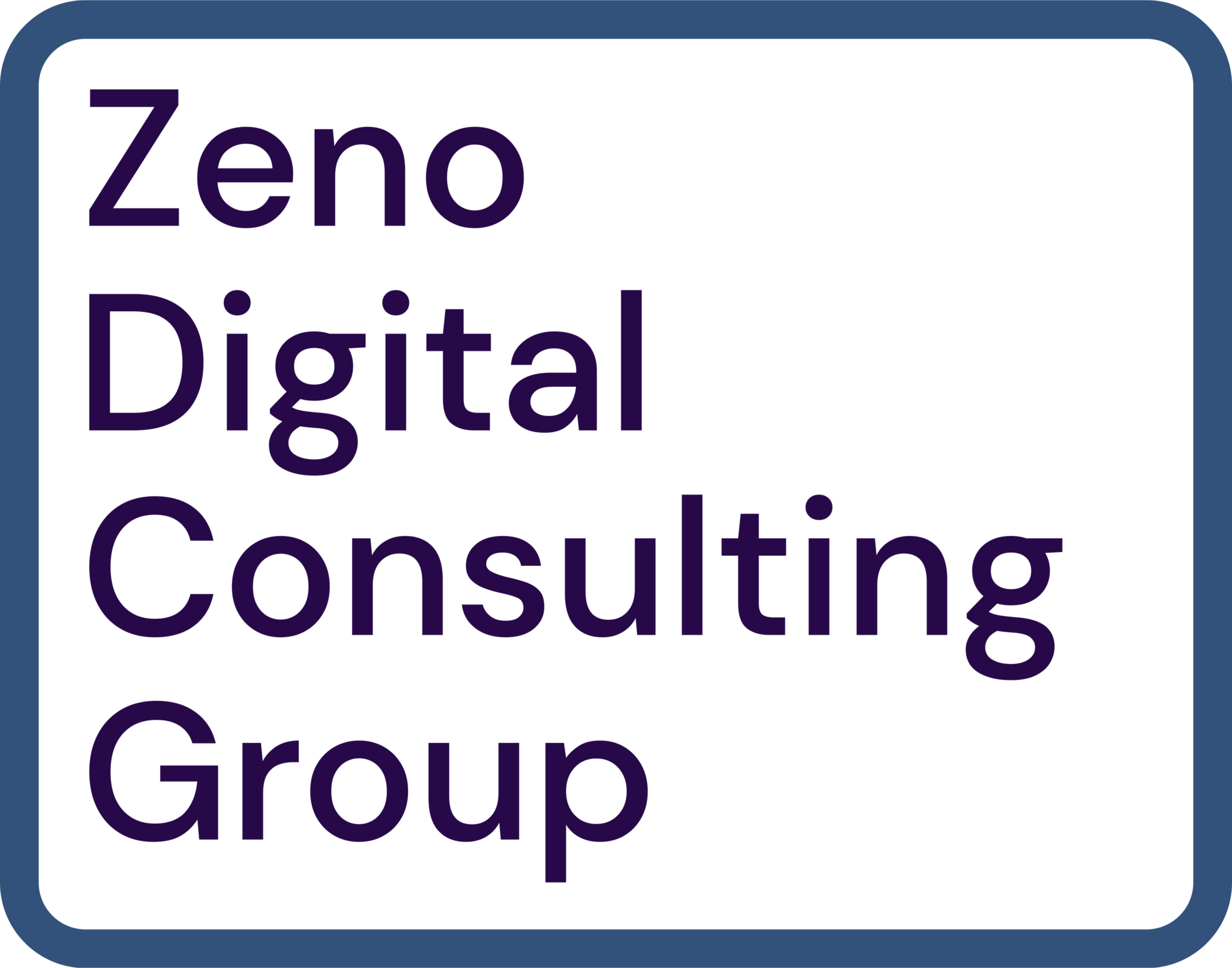Introduction to AI Chatbots for Lead Generation
In the ever-evolving digital landscape, the fusion of artificial intelligence and marketing strategies is reshaping how businesses interact with potential customers. AI chatbots have emerged as a pivotal tool in this transformation, particularly in the domain of lead generation. These intelligent virtual assistants offer businesses a seamless way to engage with prospective clients, capture valuable information, and nurture leads through personalized interactions.
AI chatbots are designed to simulate human conversation, enabling them to interact with users in a natural, intuitive manner. By leveraging machine learning algorithms, these chatbots can analyze user inputs, comprehend context, and provide relevant responses, thus fostering a more engaging user experience. They are available 24/7, ensuring that potential leads are never lost due to time zone differences or business hours, which significantly enhances the efficiency of lead capture.
Moreover, AI chatbots can be integrated across various platforms, such as websites, social media channels, and messaging apps, allowing businesses to meet their audience where they are most active. This omnipresence not only increases brand visibility but also facilitates a higher conversion rate by guiding users through the sales funnel with precision.
Incorporating AI chatbots into your lead generation strategy can result in a streamlined process that not only attracts but also retains potential customers, ultimately driving business growth and success.
Understanding the Role of AI in Modern Chatbots
In today’s rapidly evolving digital landscape, artificial intelligence (AI) stands at the forefront of revolutionizing customer interaction, particularly through the use of chatbots. These AI-driven virtual assistants have become indispensable tools for businesses aiming to streamline operations, enhance customer engagement, and ultimately, boost lead generation.
AI chatbots operate on sophisticated algorithms that allow them to process natural language, understand user queries, and provide intelligent, contextually appropriate responses. This capability marks a significant shift from their predecessors, which were largely rule-based and limited to predefined scripts. By utilizing natural language processing (NLP), AI chatbots can engage users in conversations that feel authentic and personalized, fostering a deeper connection with potential leads.
Furthermore, AI chatbots are designed to learn from interactions over time. They utilize machine learning to adapt and improve their responses, ensuring that they become more efficient and effective with each customer interaction. This continuous improvement enables businesses to maintain high levels of customer satisfaction and engagement, which are crucial for successful lead generation.
Moreover, AI chatbots are available 24/7, providing immediate assistance to customers. This constant availability not only enhances user experience but also increases the likelihood of capturing leads at any time, regardless of traditional business hours. In summary, by harnessing the power of AI, modern chatbots have become pivotal in transforming how businesses interact with customers, providing a scalable solution for lead generation and customer engagement.
Benefits of Using AI Chatbots for Lead Generation
In the evolving landscape of digital marketing, AI chatbots have emerged as an indispensable tool for enhancing lead generation. These intelligent virtual assistants are revolutionizing how businesses interact with potential customers, offering a seamless blend of efficiency and personalization.
24/7 Availability
One of the most significant advantages of employing AI chatbots is their ability to operate around the clock. Unlike human agents, chatbots do not require rest, ensuring that potential leads are engaged at any time of day. This 24/7 availability means businesses never miss an opportunity to capture interest from prospective clients, no matter where they are in the world or what time zone they reside in.
Personalized Customer Interactions
AI chatbots can deliver personalized interactions by analyzing user data and behavior patterns. This capability enables the chatbot to tailor conversations to meet the specific needs and preferences of each user, thereby enhancing the overall user experience. Personalized interactions are more likely to convert leads as they make potential customers feel valued and understood.
Efficiency in Handling Inquiries
Chatbots can handle multiple inquiries simultaneously without compromising the quality of interaction. This efficiency reduces the burden on human customer service representatives, allowing them to focus on more complex queries that require a personal touch. Consequently, businesses can manage their resources more effectively and improve the overall customer service experience.
Data Collection and Analysis
AI chatbots are adept at collecting valuable data from user interactions. This data can be analyzed to gain insights into consumer behavior and preferences, enabling businesses to refine their marketing strategies. By understanding their audience better, companies can create more targeted campaigns that resonate with potential leads, thereby increasing conversion rates.
In conclusion, AI chatbots are transforming lead generation by offering continuous engagement, personalized interactions, efficient handling of inquiries, and insightful data collection. These benefits not only streamline the lead generation process but also enhance customer satisfaction and foster business growth.
How AI Chatbots Enhance User Engagement
In the digital age, where instant gratification is a standard expectation, AI chatbots stand out as a revolutionary tool in enhancing user engagement. These digital assistants are not merely programmed to answer queries but are designed to create dynamic and interactive user experiences that can significantly elevate customer satisfaction and brand loyalty.
One of the key ways AI chatbots enhance engagement is through their ability to provide instant responses to user inquiries. Unlike human counterparts, chatbots are available 24/7, offering real-time solutions and information at any hour. This level of accessibility ensures that users have their needs met promptly, reducing frustration and improving overall satisfaction.
Moreover, AI chatbots are equipped with advanced machine learning algorithms that enable them to understand and predict user behavior. This allows them to personalize interactions by offering tailored recommendations and solutions based on the user’s past interactions and preferences. Such personalization fosters a deeper connection between the user and the brand, encouraging repeat visits and prolonged interaction.
Additionally, AI chatbots can handle multiple conversations simultaneously, which enhances their efficiency and scalability. This capability not only ensures that no customer is left waiting but also allows businesses to manage high volumes of inquiries without compromising on service quality. By providing consistent and accurate information, chatbots help build trust and reliability, encouraging users to engage more frequently with the brand.
In conclusion, AI chatbots are transforming user engagement by offering personalized, instant, and reliable interactions. Their ability to operate continuously and efficiently makes them indispensable in fostering a positive user experience, thereby driving lead generation and customer retention.
Steps to Implement an AI Chatbot on Your Website
Implementing an AI chatbot on your website can revolutionize how you engage with visitors, streamline support, and enhance lead generation. However, the process requires thoughtful planning and execution to ensure optimal results. Below are the essential steps to guide you through the implementation:
1. Define Your Objectives
Start by clearly identifying what you want to achieve with your AI chatbot. Is it to provide customer support, gather information, or enhance engagement? Understanding your goals will shape the chatbot’s functionality and design.
2. Choose the Right Platform
Select a chatbot platform that aligns with your website’s needs. Platforms like Dialogflow, Chatfuel, or Botpress offer diverse features suited for different requirements. Consider factors such as ease of integration, customization options, and support services.
3. Design Conversational Flows
Crafting effective conversational flows is crucial. Develop a script that anticipates user queries and guides them smoothly towards fulfilling your business objectives. Use natural language and ensure the bot can handle unexpected inputs gracefully.
4. Integrate with Your Website
This step involves embedding the chatbot into your website’s framework. Follow the provider’s instructions to add necessary scripts or plugins, ensuring seamless integration without affecting site performance.
5. Test and Optimize
Testing is vital to identify and rectify any issues before going live. Conduct thorough testing to ensure the chatbot performs as expected. Use feedback to refine responses and improve the user experience continuously.
6. Monitor and Maintain
Once live, regularly monitor the chatbot’s interactions to ensure it meets objectives. Utilize analytics to track performance, refine conversational paths, and update it with new information or features as needed.
By following these steps, you can implement an AI chatbot that not only enhances user engagement but also contributes significantly to lead generation, making your website a more dynamic and responsive platform.

